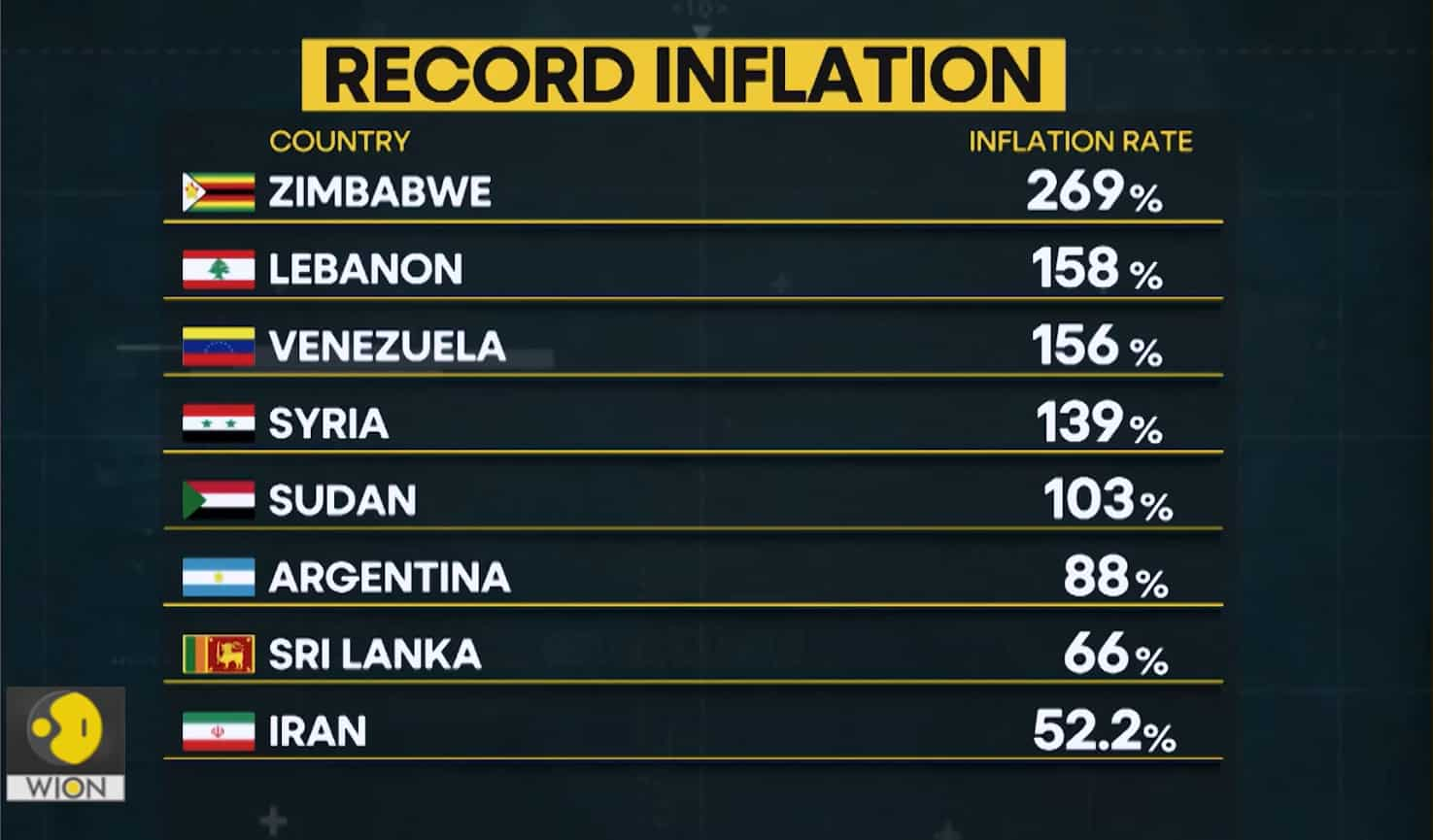2022: When global economy started bleeding
The ‘I’ and “R” words – inflation and recession – came back haunting many countries, already impacted by the pandemic. After two years of economic slowdown, the year 2022 saw matters worsen. It was the year when the real impact of COVID-19 could be assessed on the global economy, further slammed by the war in Ukraine.
While countries like the United States witnessed the fear of recession, the United Kingdom was reeling under two-digit inflation.
But have you ever thought about why some countries are going into recession, while some are into inflation?
Simply put, inflation is when the prices of commodities rise, while a recession is when the overall economic activities are down for two consecutive quarters.
Just days before the year ends, the Centre for Economics and Business Research released a report which cautioned that the world economy is heading for a recession in 2023.
Higher borrowing costs, which are intended to tackle inflation, will cause several economies to shrink.
The biggest concern of 2022 was high inflation.
It began with the Russia-Ukraine war. On February 24, Russia invaded Ukraine while the world economies watched the developments closely.
It had a far-reaching impact on the whole world as prices for essential goods, from food grains to oil and natural gas, soared across the globe.
In 2022, Zimbabwe witnessed record inflation at 269%, Lebanon at 158%, and Venezuela at 156%.
Economists and experts made use of the ‘cost of living crisis’ concept to monitor and register economic activities. Central banks of many countries were forced to hike the interest rates to bring inflation down.
Many countries broke their record of high inflation. Pakistan touched a peak at 42.30% in 2022, which was the highest in 47 years.
Even developed countries like the US and UK broke four-decade records on inflation.
India’s wholesale price index touched a high of 15.80%, the highest in 30 years.
The Federal Reserve in the US issued policies to combat inflation but the crisis continues to loom.
On the other hand, many people in the UK are struggling to pay electricity bills as rising prices impacted household budgets.
Moreover, the global debt crisis has worsened in 2022 with developing nations likely to face debt distress and a growing borrowing burden. Government debt levels as a share of GDP increased in over 100 developing countries between 2019-2021.
Amid all these, a word that created a buzz in the economy was ‘polycrisis’, which means “the simultaneous occurrence of several catastrophic events”. Hence, Collins English Dictionary declared ‘permacrisis’ as the word of the year 2022.
Apart from the economy, the year witnessed a meltdown of two key sectors– tech and cryptocurrency.
For these sectors which were once blooming, the year 2022 showed them the mirror.
While many companies shut down, a lot of tech companies started laying off employees to keep their businesses running.
Microsoft, Amazon, Twitter, Facebook and every big tech company ran to cut the cost.
If you look at the stocks, the shares of Indian IT companies fell the most since 2008. Topping the list is MPhasis with a 44% loss in share value.
Big companies like Infosys fell 20%, Wipro was down 41% and Tech Mahindra sank 42%.
Cryptocurrency too lost its charm. What was once considered a ‘lucky coin’ saw a huge downfall?
Even so, it was also hit by a scam– FTX scandal. Crashes, contagion and collapses came in such quick succession that investors are now on the verge of asking some serious existential questions.
The most famous crypto, Bitcoin fell about 65% from around $46,000 in January to about $16,800 now, according to a report.
The second-biggest cryptocurrency, Ethereum, touched a high late last year, and then crashed below $900 in June, its lowest level since the start of 2021.
You can now write for wionews.com and be a part of the community. Share your stories and opinions with us here.
For all the latest business News Click Here



